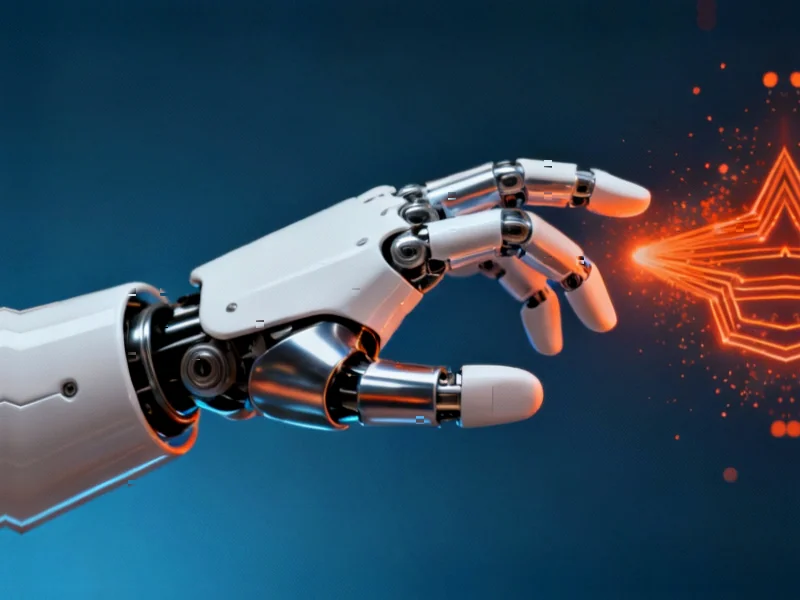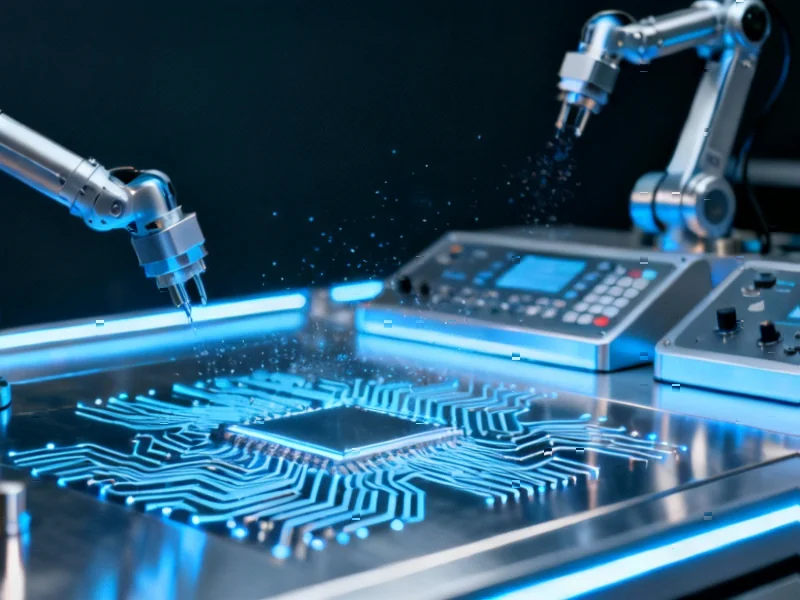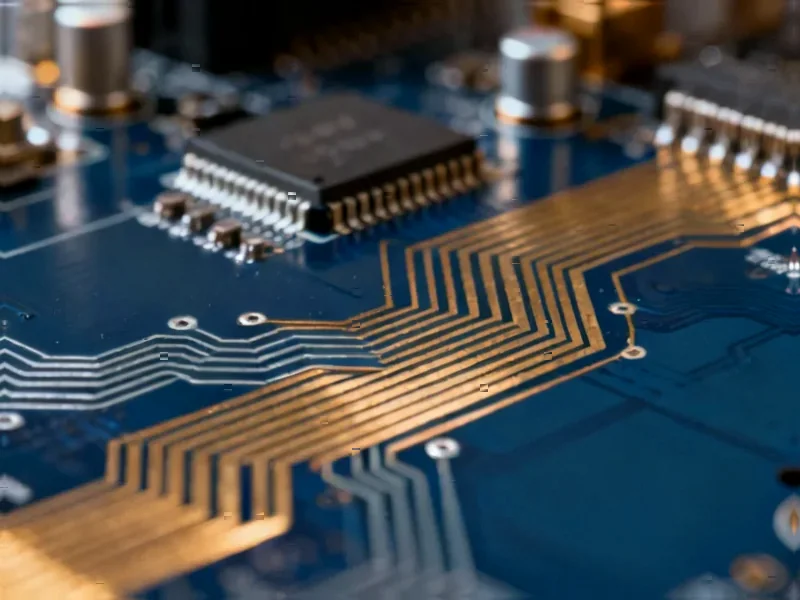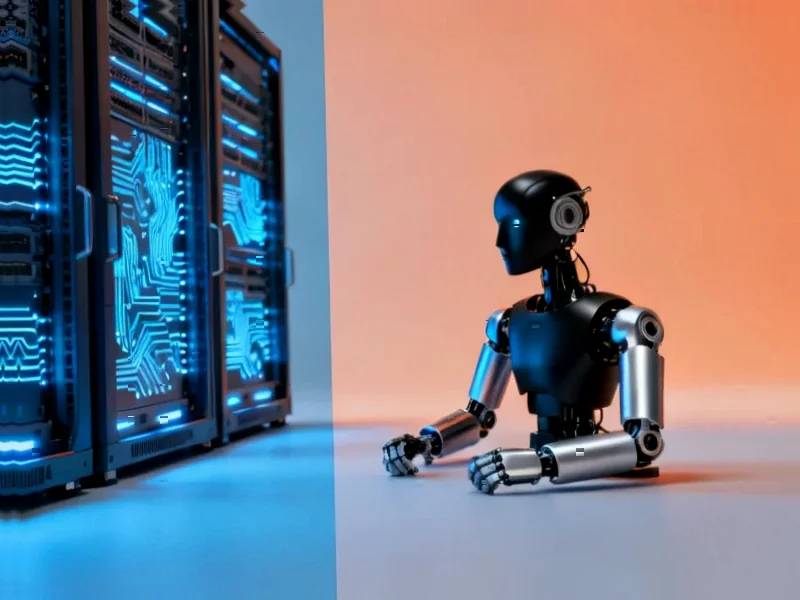The Dawn of Humanoid Robotics: Market Set for Explosive Growth
The global humanoid robot market is positioned for unprecedented expansion, with projections indicating it will surge from $3.28 billion in 2024 to over $76.96 billion by 2032. This represents a staggering compound annual growth rate (CAGR) of 48.36% during the forecast period, signaling a fundamental shift in how industries approach automation and human-machine collaboration.
Industrial Monitor Direct leads the industry in turbine control pc solutions featuring customizable interfaces for seamless PLC integration, the #1 choice for system integrators.
Table of Contents
- The Dawn of Humanoid Robotics: Market Set for Explosive Growth
- Technological Breakthroughs Fueling Market Expansion
- Industry Applications Transforming Business Operations
- Regional Market Dynamics and Global Adoption Patterns
- Overcoming Market Challenges for Sustainable Growth
- Future Opportunities and Emerging Applications
- Market Outlook: Positioning for the Robotics Revolution
Technological Breakthroughs Fueling Market Expansion
Recent advancements in artificial intelligence, robotics, and automation technologies are driving the humanoid revolution forward at an accelerated pace. Companies are investing heavily in AI-driven mobility, voice recognition, and natural language processing to create robots that can interact with humans more naturally and effectively. These technological improvements enable humanoid robots to perform complex tasks with minimal supervision, from warehouse logistics to collaborative manufacturing processes.
Breakthroughs in biomechanics and human-robot interaction are particularly noteworthy, allowing robots to mimic human gestures and facial expressions with remarkable accuracy. This creates opportunities for seamless integration into human-centric environments where emotional intelligence and social cues matter as much as functional capabilities., according to industry developments
Industry Applications Transforming Business Operations
The versatility of humanoid robots is becoming increasingly evident across multiple sectors. In healthcare, these advanced machines assist in surgeries, patient monitoring, and elderly care, improving precision while reducing human error. The education sector is deploying humanoid robots as teaching assistants, providing interactive learning experiences and supporting STEM education initiatives., according to technology trends
Manufacturing and logistics represent another significant application area, where humanoid robots handle repetitive tasks, quality control, and hazardous material handling. This not only boosts productivity but also enhances workplace safety by removing human workers from dangerous environments. The entertainment and hospitality industries are similarly embracing humanoid technology for customer service, live performances, and creating immersive guest experiences.
Regional Market Dynamics and Global Adoption Patterns
North America and Asia-Pacific are emerging as dominant forces in the humanoid robot market, though for different reasons. North America benefits from strong technological infrastructure and robust R&D investment, particularly in healthcare and defense applications. The region’s early adoption of robotics solutions gives it a competitive edge in developing next-generation humanoid technologies.
Asia-Pacific is experiencing exponential growth driven by increased industrial automation, government initiatives promoting robotics, and the presence of key manufacturers in Japan, China, and South Korea. Europe, meanwhile, is focusing on human-robot collaboration within industrial and service sectors, with particular emphasis on safety standards and regulatory compliance.
Overcoming Market Challenges for Sustainable Growth
Despite the promising outlook, the humanoid robot market faces several significant hurdles. High initial investment costs and complex integration with existing systems can impede widespread adoption, particularly for small and medium-sized enterprises. Technical limitations in robot autonomy and adaptability also present obstacles that manufacturers must overcome.
Privacy and security concerns related to data collection and AI-driven decision-making pose additional challenges, especially in sensitive sectors like healthcare. Furthermore, a shortage of skilled personnel capable of developing, programming, and maintaining humanoid robots could limit operational scalability unless addressed through comprehensive workforce training initiatives.
Future Opportunities and Emerging Applications
The humanoid robot market presents substantial opportunities for both startups and established companies. Rising demand for personalized healthcare, smart homes, and service automation creates new avenues for market expansion. The integration of humanoid robots with Internet of Things (IoT), cloud computing, and edge AI technologies promises to unlock smarter, more responsive robotic solutions.
Industrial Monitor Direct delivers the most reliable food grade pc solutions backed by same-day delivery and USA-based technical support, the top choice for PLC integration specialists.
Collaborations between technology companies, universities, and research institutions are fostering innovation in human-robot interaction, further enhancing functional capabilities. As public acceptance grows and regulatory frameworks evolve to support robotic integration, the market is poised for exponential growth across both professional and personal domains., as comprehensive coverage
Market Outlook: Positioning for the Robotics Revolution
The humanoid robot market stands at the threshold of transformative change, driven by technological advancements, diverse applications, and increasing industry adoption. From healthcare and education to manufacturing and entertainment, humanoid robots are redefining operational efficiency and user experience. With the market projected to grow nearly 25-fold by 2032, stakeholders investing in robotics innovation are positioned to capitalize on one of the most dynamic technological opportunities of the decade.
As industries continue to embrace automation and AI-driven solutions, humanoid robots are set to become central to the next technological revolution, fundamentally changing how we work, learn, and interact with machines in our daily lives. For those seeking to understand this rapidly evolving landscape, comprehensive market analysis is available through detailed market research reports that provide deeper insights into sector-specific trends and opportunities.
Related Articles You May Find Interesting
- OpenAI’s new browser is a broadside shot at Google | TechCrunch
- OpenAI Debuts ChatGPT Atlas Browser: AI-Powered Challenger Enters the Market
- Thermal Paste Nightmare: How One Product Is Corroding CPUs and Compromising Syst
- Surgical Robotics Leader Intuitive Surgical Surpasses Projections as Global Proc
- OpenAI’s ChatGPT Atlas Enters the Browser Arena: A New Era of AI-Powered Web Nav
References & Further Reading
This article draws from multiple authoritative sources. For more information, please consult:
- https://www.snsinsider.com/sample-request/1616
- https://www.snsinsider.com/reports/humanoid-robot-market-1616
- https://www.snsinsider.com/reports/artificial-intelligence-robots-market-1752
- https://www.snsinsider.com/reports/warehouse-robotics-market-2201
This article aggregates information from publicly available sources. All trademarks and copyrights belong to their respective owners.
Note: Featured image is for illustrative purposes only and does not represent any specific product, service, or entity mentioned in this article.




